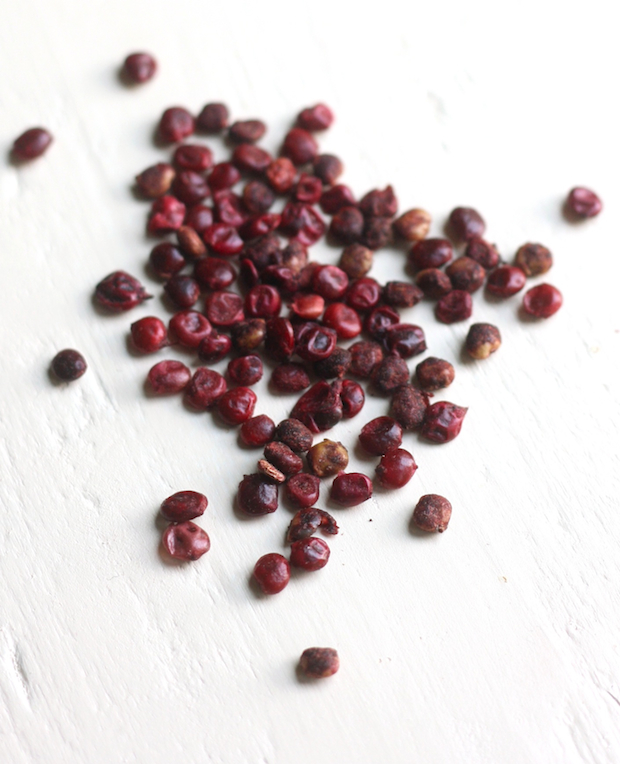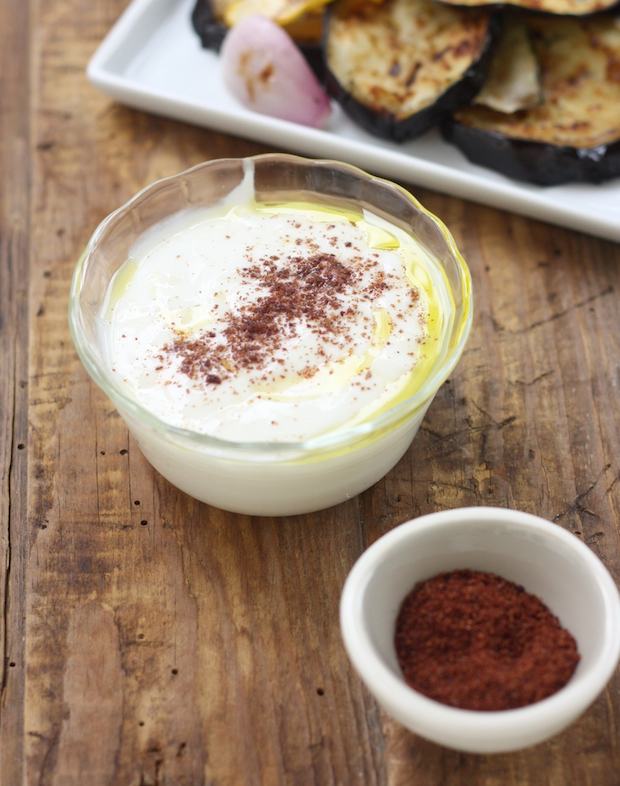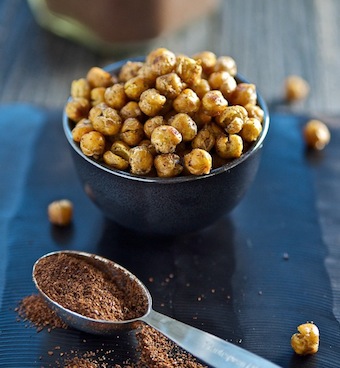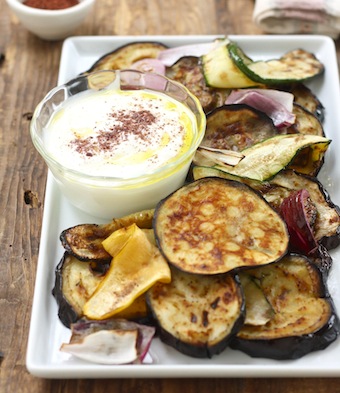It is hard to believe a spice would be associated with poison, but say sumac, and that’s the adjective that probably comes to mind.
However, of the hundreds of varieties of sumac, only one is poisonous - Toxicodendron vernix. Luckily, the plant is not commonly found (it mainly grows in swampy areas of the Eastern US and Canada), and is fairly easy to identify by its clusters of ripe white berries.
Sumac (Rhus coriaria) - the culinary spice– has red berries, and is cultivated in the Middle East and in the eastern Mediterranean. The sumac berry is used in this region as a souring agent, just as we would use lemon juice, and Southeast Asians would use tamarind.
But unlike lemon, sumac berries are less acidic and have more depth, as well as color. That fruity, tart flavor and crimson red hue of sumac is delectable when sprinkled onto a creamy yogurt dip, or onto a bowl of hummus.
For this reason, sumac is widely used in Middle Eastern and Mediterranean cooking. In addition to a topping for hummus, sumac is commonly stirred into dressings or as a garnish for salads; mixed into marinades for kebabs, and in other fish, chicken, and lamb dishes; sprinkled onto rice for a touch of color and citrus; and even made into a cooling drink, as we would lemonade.
Sumac is also one of the main ingredients in za’atar – a popular spice blend in the Middle East that in its basic form generally consists of sumac powder, sesame seeds, and a mix of herbs such as thyme, oregano, and marjoram.
With its sour notes and punchy flavor – that you may underestimate when you open a jar of sumac berry powder for the first time and bring it close to your nose for a smell – it’s a spice you instinctively know is good for you.
Sumac has been studied for its many potential health benefits related to its antimicrobial, antifungal, and antioxidant properties. That wouldn’t come as a surprise to Native Americans or Middle Easterners, who have both accepted sumac’s medicinal value for centuries.
Sumac has been studied for its many potential health benefits related to its antimicrobial, antifungal, and antioxidant properties. That wouldn’t come as a surprise to Native Americans or Middle Easterners, who have both accepted sumac’s medicinal value for centuries.
Such as one of these delicious recipes:
|
|
|
|










